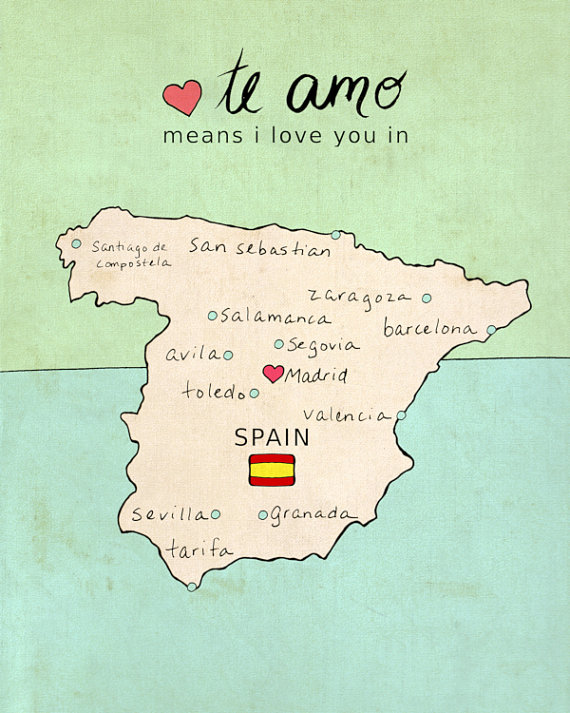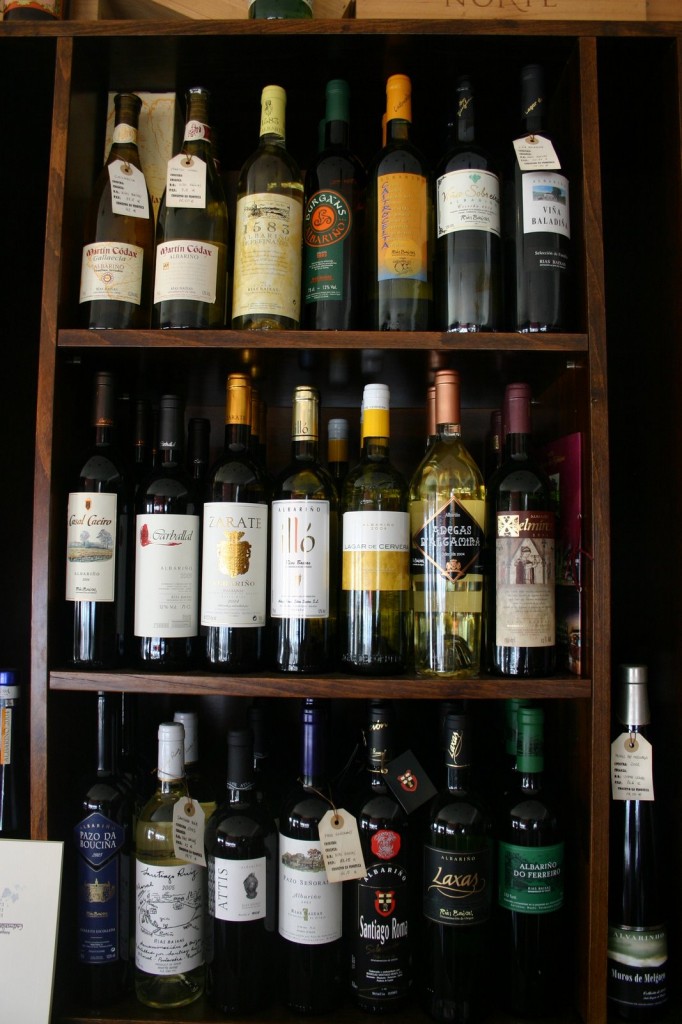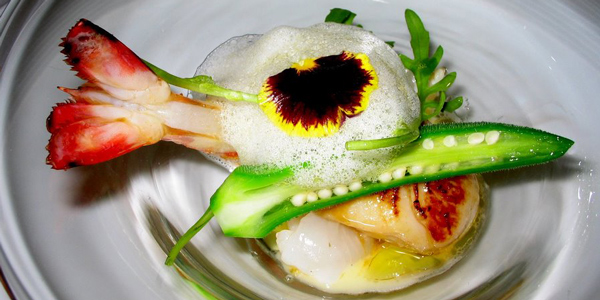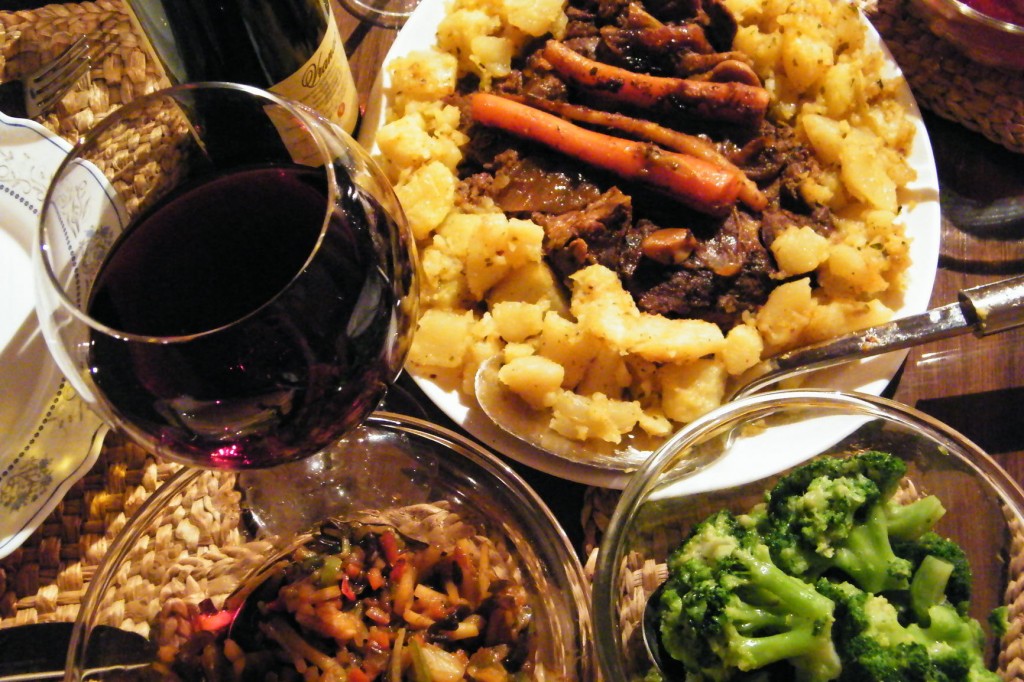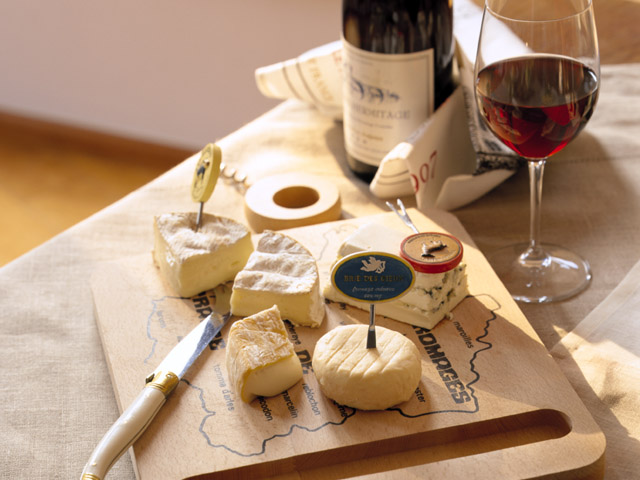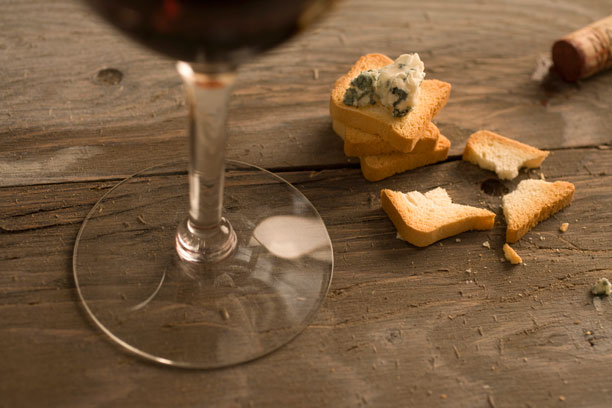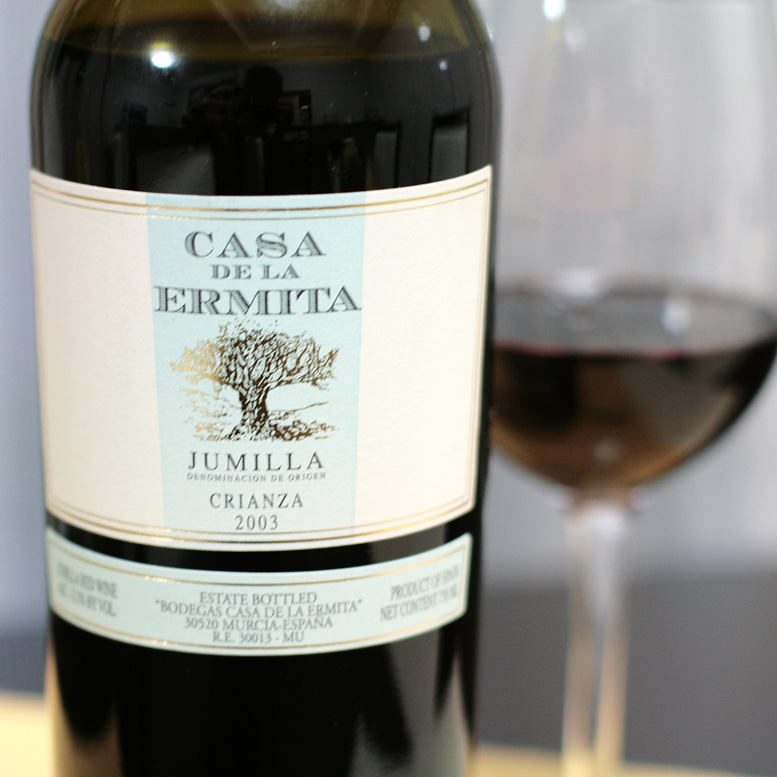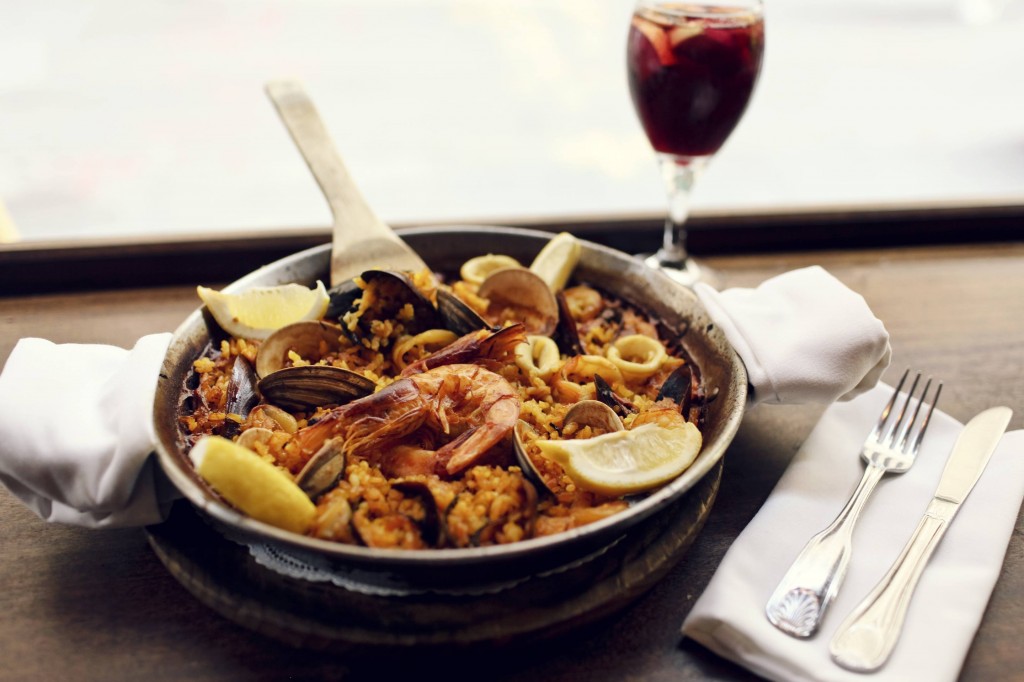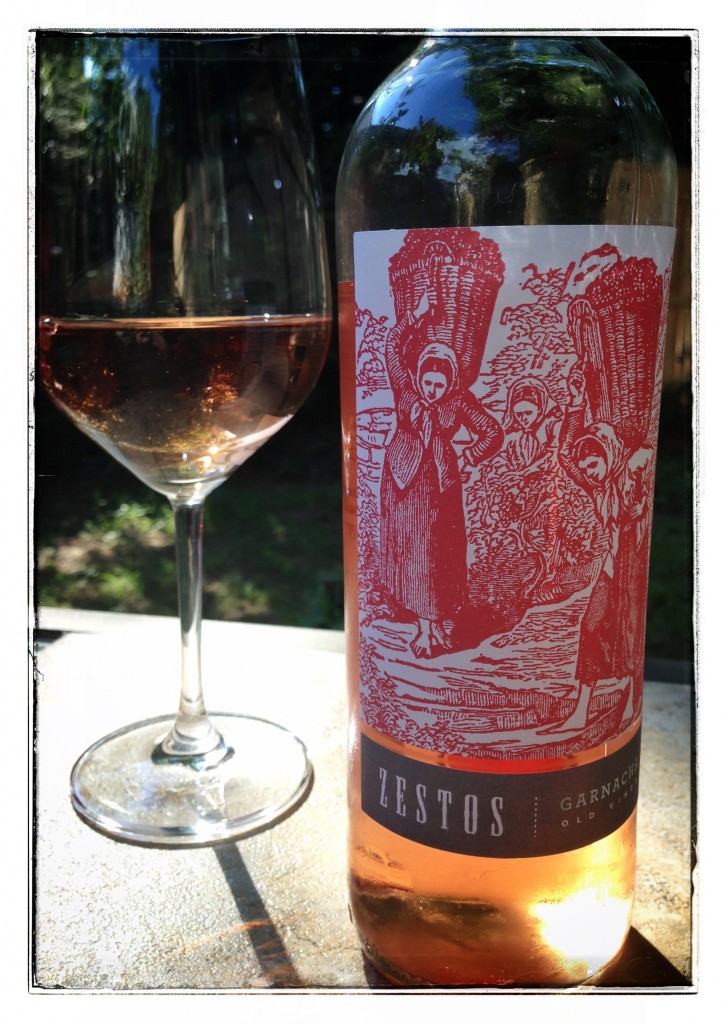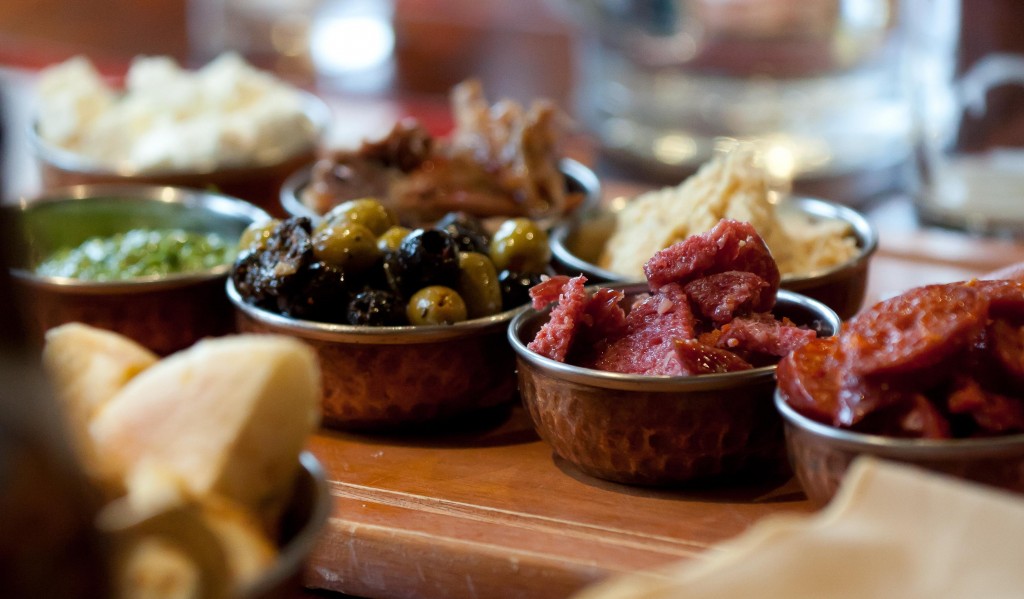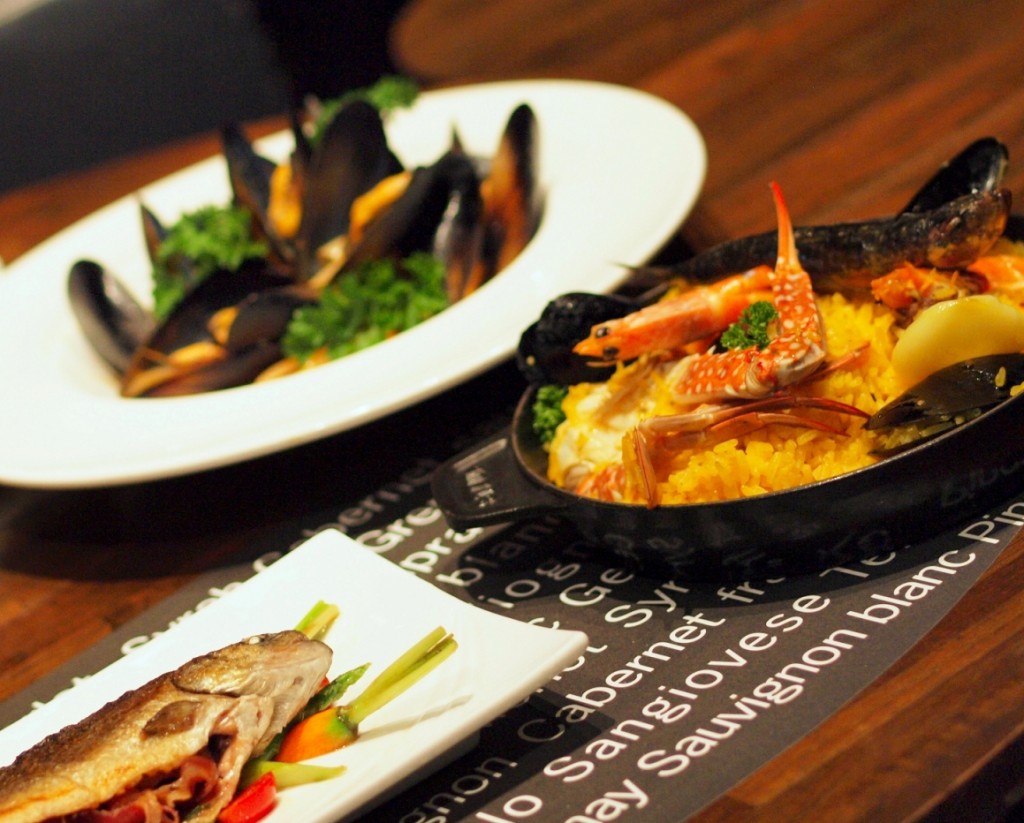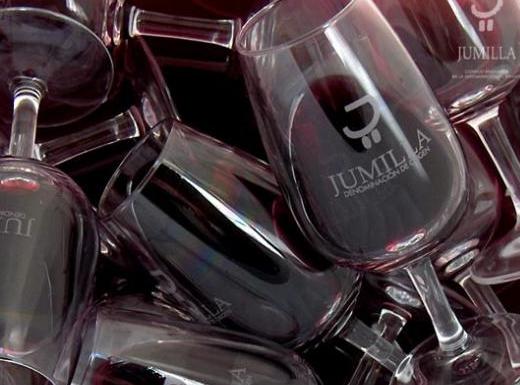Spanish Wine & Food Pairing
In recent years, Spain has become increasingly popular with wine drinkers. Once perceived as a source of inexpensive wines with an envious price-quality ratio, Spain has become increasingly sought out for the quality of its wines and many are fetching high prices. The American boom in Spanish tapas bars and restaurants (more than 70 establishments in New York City alone), with by-the-glass sales and adventurous Spanish wine lists, has helped introduce a multitude of new consumers to the jewels of the Spanish wine world.
Likewise, savvy sommeliers around the world, once attracted by price, now by the quality levels of Spanish wines, are giving them prominence on wine lists at a broad range of restaurants, including the mostly highly regarded restaurants in the country. This has also been spurred by intense publicity about Spanish cocina de vanguardia, which has attracted many American chefs and food lovers to Spain where, in the process of discovering Spanish food, they have also discovered the wide gamut of Spanish wines.
Spanish wines are naturally great with the broad spectrum of Spanish traditional cuisines and many of them work well with ultra-modern dishes and cooking techniques inspired by Spanish chefs. But the real revelation is the ability of these wines to match well with a range of cuisines just as the wines of France, California, Italy, and Australia do. In this article, I will make some broad sketches of different Spanish wine types and equally broad recommendations about some foods they might pair with. With some tasting and experimentation, American chefs, restaurateurs, and wine-lovers will find a whole new world of exciting possibilities within the range of Spanish wines now available in many markets.
Sherry (Jerez)
Spain’s great classic wine, sherry, has long been pigeonholed as a wine to be served with Spanish tapas or perhaps, in its sweeter versions, sipped in front of a fireplace, accompanied by quiet conversation or a good book. Relatively few people understand that sherry and its nearby cousin, montilla, range in style from bone-dry to richly sweet, which makes them excellent matches for anything from Japanese (especially sushi and tempura) and other Asian cuisines, to fried foods, to a broad range of artisan cheeses (sweet sherries matched to blue cheeses are spectacular).
Among dry sherries, all of which should always be served chilled, crisp, fresh, salty, apple-y manzanilla is a great match for shrimp, oysters, scallops, clams, and other shellfish; it is a quintessential accompaniment to tapas; and it offers a refreshing counterpoint for cheeses, especially Spain’s aged ewe’s milk cheeses. Fino, from inland Jerez, is also bone-dry and a bit weightier, gutsier and more alcoholic, but is still a good match with many of same foods and a fine substitute for sake with Japanese food.
Cavas
Cava, the Spanish equivalent of champagne, made mostly in Catalunya by the same exacting standards as in France, is very versatile; it can be used as an ideal, inexpensive by-the-glass aperitif and in bubbly drinks such as mimosas, but its palate-refreshing qualities also make it ideal with with Spanish tapas; with all kinds of seafood–especially mollusks and crustaceans; and with American-style appetizers. With the fiery picante qualities of many Mexican dishes, cava can serve as a cold, refreshing counterpoint to the heat, and it is delicious with a broad range of Asian cuisines (sushi, Chinese food, even spicy Thai dishes). Cava also marries well with modern cuisine, dishes with complex flavors and multiple ingredients. After all the Catalan stars of Spain’s cocina de vanguardia pour cava liberally with many of their most creative tasting menus.
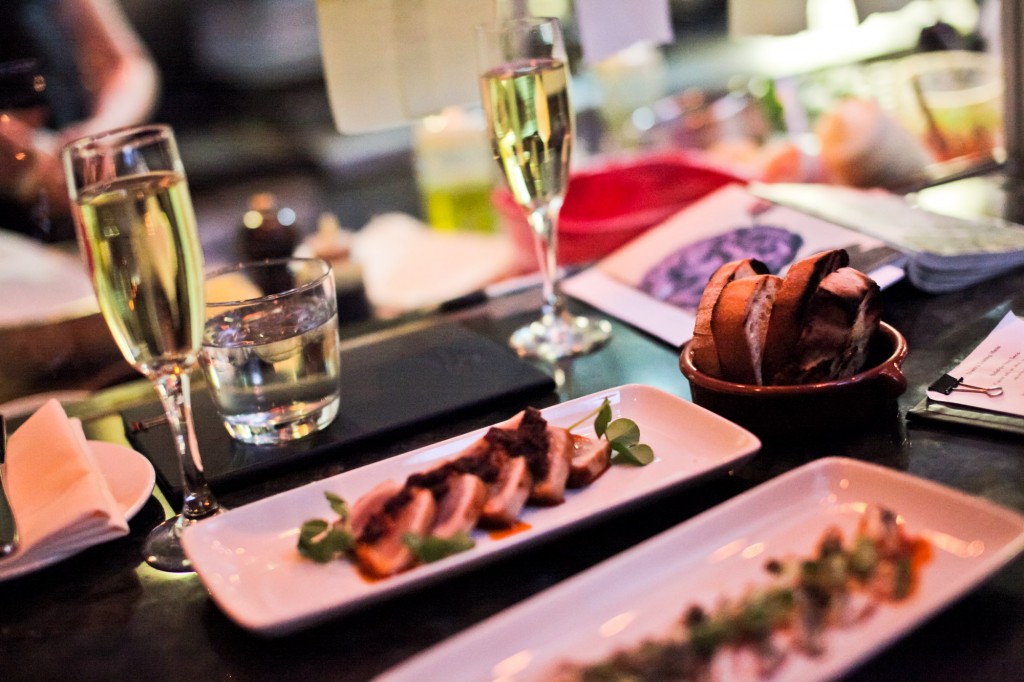
Spanish white wines (Vinos Blancos)
Spanish white wines deserve to be better known—and they are becoming so, quite rapidly in the case of albariños from the Rias Baixas region of northwestern Atlantic Spain. Albariños have had great success recently: They are fresh, lively, well-balanced and delicious—often with lovely lime, pear and mineral flavors–and are very versatile, both for stand-alone sipping and as companions to a wide variety of dishes. Moreover, Albariños suit cooking styles that range from the simplest grilled shellfish and other seafood of northern Spain to contemporary American cooking to Asian cuisine, indeed any food that calls for a crisp, fruity, often minerally white wine.
Rosé wines (Rosados)
Among the most refreshing, delicious and versatile of all of Spain’s wines are its rosados, a beautiful collection of rosé wines that range in La Rioja from the ethereal, pale, onion-skin garnacha-and-viura blends in the southern part of Spain’s most famous wine region to fuller-bodied, tempranillo-based rosados from the north. Nearby Navarra also produces some fine rosés, especially those based on garnacha grapes, and they also make rosado blends that include merlot and cabernet sauvignon. Other regions producing notable rosados include Cataluña, whose rosats, as rosados are called in Catalan, tend to be deeper and darker in color and consequently more intense in flavor and aroma; Valencia, which produces some unique rosados from the native bobal; and Castilla y León’s tinto del país (tempranillo) rosado zone, Cigales.
All these wines are delightful and, for the most part, quite dry. Although some rosado producers make market concessions by leaving residual sugar in their wines, most are excellent companions to a broad range of dishes from all over the world– seafood, pork, Asian cuisines, American barbecue, Mexican and South American cuisines and of course, with a wide variety of Spanish dishes from patatas a la Riojana (potatoes with chorizo) to seafood and other paellas.
Spanish Red wines (tintos)
Spain is best known for its red wines, offering a range of options for food pairings. Reds run the gamut from Galicia’s lovely, lower alcohol Ribeira Sacra and Valdeorras, to medium-weight reds from Bierzo in the north of Castilla y León, all made from the mencía grape. Tempranillo-based wines from la Rioja range from lighter, well-aged reservas and gran reservas to the winemaker stars–dark, concentrated wines made from single vineyards or old vines. Because of their balance, this variety of wines goes well with a wide array of foods, from by-the-glass tapas bar fare to the most sophisticated modern cuisines. They are great with just about anything that calls for glass of good red wine, including pizza, pasta, steaks, and game dishes.
Except for dessert sherries, Spain has not been famous for dessert wines, but there are an incredible and unique range of sweet and off-dry styles, especially from the warmer, Mediterranean-influenced areas. Besides sweet sherries, Andalucía also has superb Pedro Ximénez-based wines from Montilla and late harvest moscatels from Málaga. Try some of these wines with egg-based, nut-based and chocolate desserts.
These wines can be wonderful with desserts or just sipped by themselves after dinner. Cream sherries, for instance, marry well with espresso coffee and some like the Pedro Ximénez can be used as sauces with foie gras (for instance). Like all sherries, they can be revelations when sipped with cheeses.
As we have seen, Spain produces an exceptional array of wines, which offers an infinite multitude of possibilities for unique wine and food pairings.



 0
0